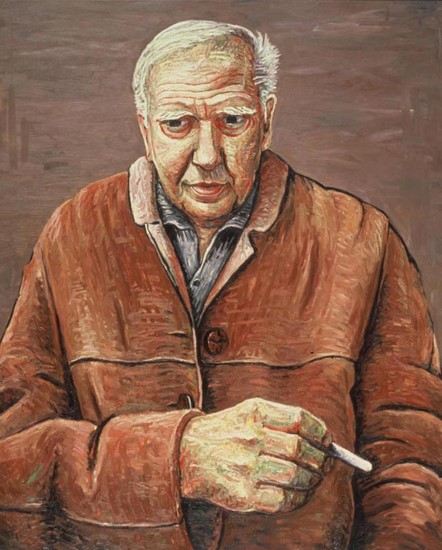
An iconic painter was Philip Guston. His earlier works were mostly abstract, and he gained success from this. However, Guston decided that abstract life wasn’t for him, so he abandoned it to the dismay of many. Gustons later works however became why he was so well remembered. Some recurring themes they included were imagery such as the hooded Klansmen, Richard Nixon, smoldering cigarettes, and huge eyeballs.
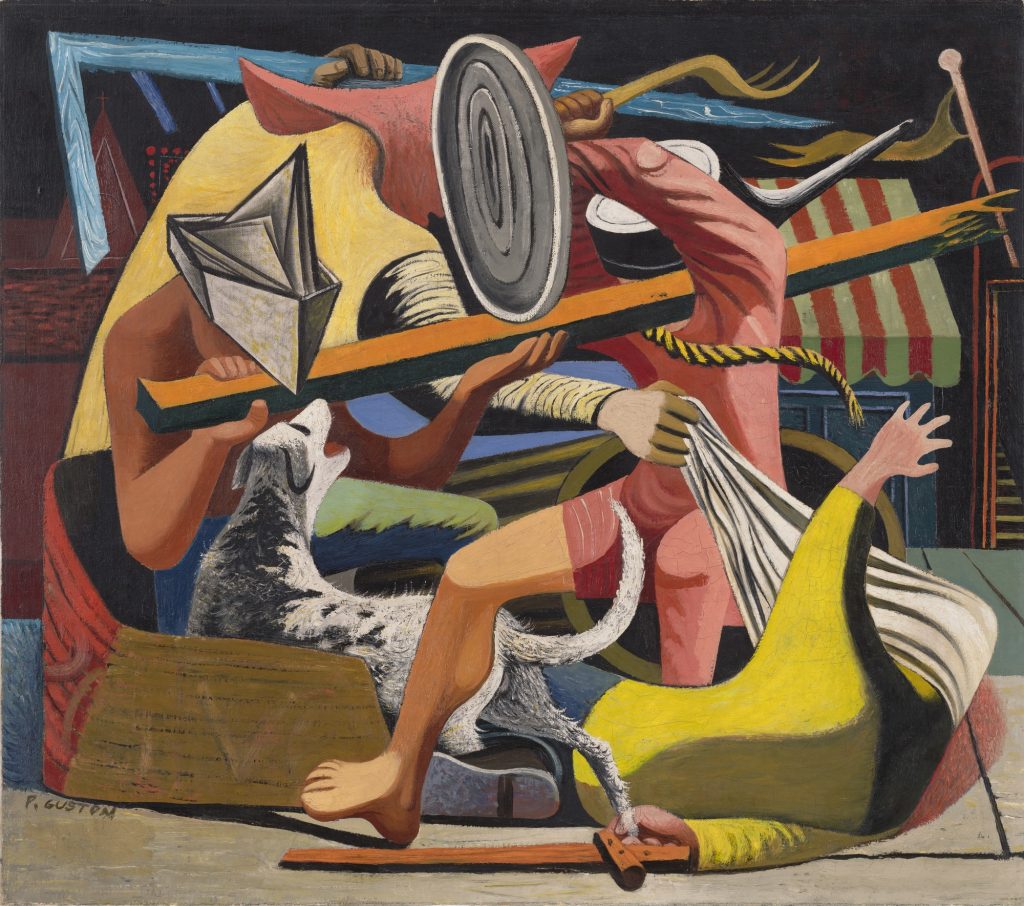
An early career piece would be ”Gladiators” (1940). The piece flaunts abstract and shows a preview to how his later pop pieces would look a little like. As well as being a piece dedicated to the Mexican mural movement showing children fighting as a political statement.
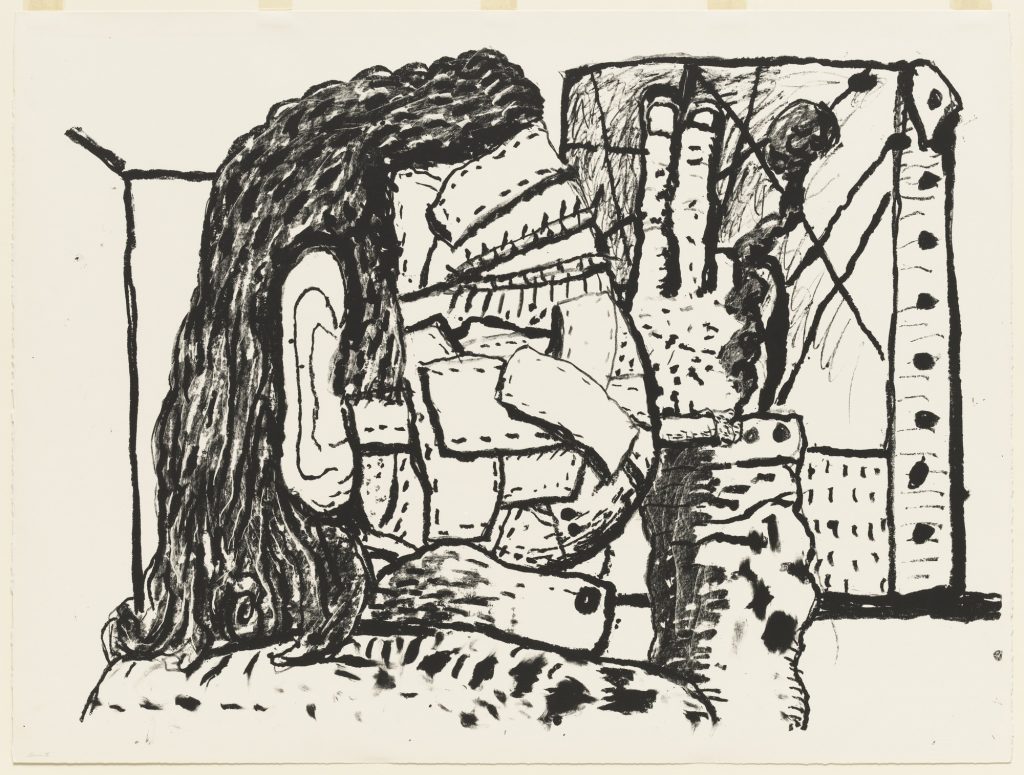
One of his last pieces was “Painter” (1979), and was most likely a self portrait. Guston put a confusing amount of bandages onto the figure however it remains true to his style as it includes key characteristics of his art, the cigarette, and the large eyes.

One of the many KKK paintings that Guston made was “City Limits” (1969). The KKK appeared in Guston’s works as a sort of self portrait or reflection as the “idea of evil fascinated” him.
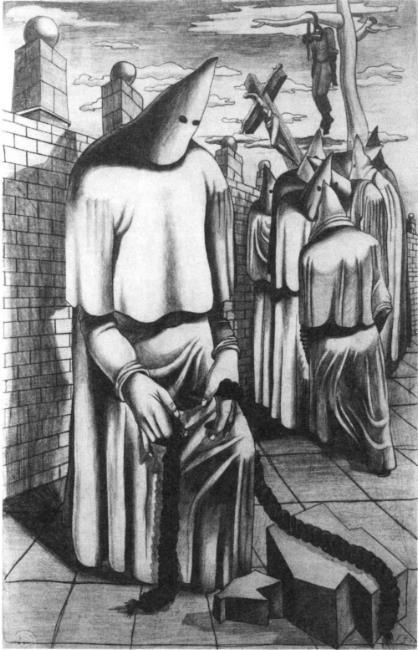
“Drawing for Conspirators” (1930) is a haunting piece made by a 17 year old Guston. Based on early experiences with seeing the KKK and filled with the theme of oppression and symbolism.
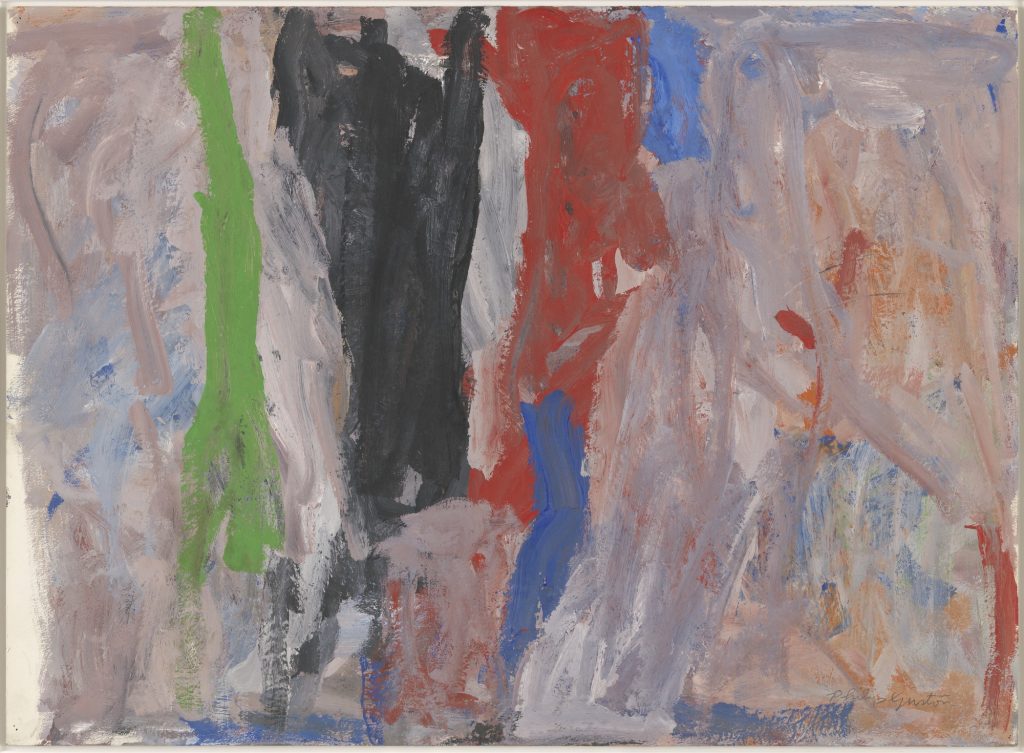
The “Last Piece” (1958) was a transitional piece and ironically not Guston’s last abstract impressionist piece. It was a piece to show that he had began to move away from his inspirations of nothingness and Buddhism to more recognizable motifs
Sources:
- http://www.artnet.com/artists/philip-guston/
- https://www.moma.org/artists/2419
- https://www.theartstory.org/artist/guston-philip/
